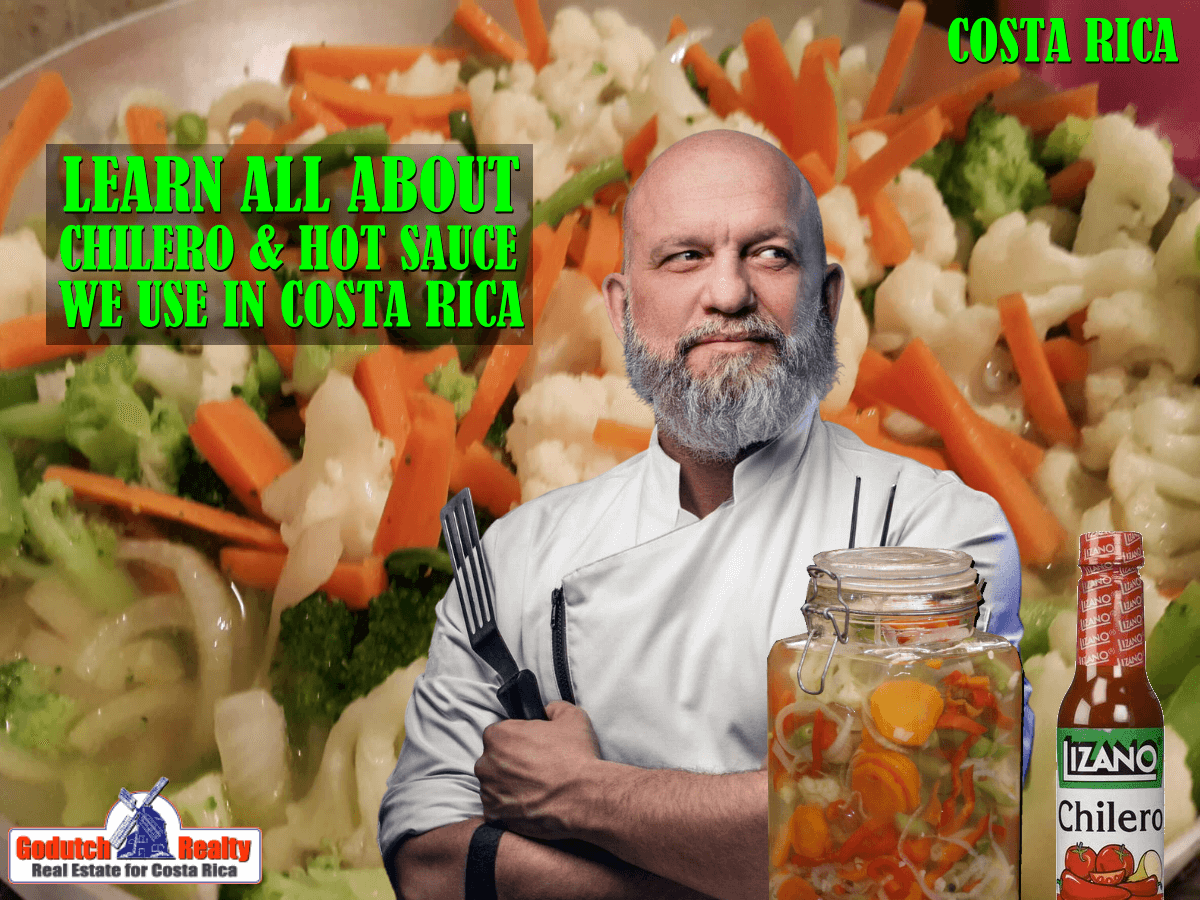Estimated Reading Time: 5 Minutes
Do you know what a chilera or chilero is? The first one is the female product and the second one is the male product. But what’s the difference?
Costa Rican cuisine offers quite a variety of vegetables. You can purchase those at any farmers’ market or grocery store, as you all know. Let me tell you all about it, so you can create one when you move into your new home in Costa Rica.
What many do not know is that those vegetables are also used in one of the most essential ingredients of that Costa Rican cuisine: la chilera. La chilera is a vital ingredient in the typical food found in local restaurants and in the daily diet of local families. Some call it a hot sauce in Costa Rica, but it really is not. La chilera is essentially nothing more than spicy pickled vegetables, whereas a hot sauce is an entirely different product.
The easiest way to get your chilera is to go shopping; you will find a tremendous variety of chileras in the grocery store. Certain towns in Costa Rica, such as Zarcero, are well-known for their chileras. You can also shop at any farmers market for the necessary ingredients and make your own chilera, enjoying the traditional food of Costa Rica whenever you can. Below, I’ll tell you a bit about la chilera and chilero.
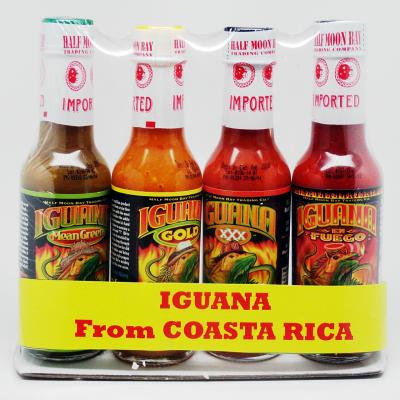
The Soda
The Tico menu typically consists of rice, beans, and some vegetables, plus either a steak, pork, chicken, or fish, which is known as “casado”. If you’re looking to eat like a local, look for a soda, a typical mom-and-pop restaurant. You can get a casado at any of those local restaurants. This is not soda pop; the word soda means ‘restaurant’. You’ll find a soda downtown in any city; they’ll be inside the local market, around the bus stop, near the park, or across from the soccer field. If you’re afraid to get lost, ask ¿“sabe usted dónde hay una soda por aquí”?
Not Tico
The chilera is not a true Tico recipe; it is used throughout Central America and Mexico, and each country adds its own unique touches. When a chilera is homemade, we call it a “chilera casera“. A chilera is also called Chilera en escabeche or Chilera encurtido. Locals usually make their chilero with leftover vegetables and a bit of vinegar.
La Chilera – el Chilero
Is it called a Chilera (feminine) or a Chilero (masculine)? I really don’t know. I guess the chilera is the one with the whole vegetables in it. And the chilero is the one that is a sauce, as shown in the image below.
A chilera is one of the most essential ingredients of a casado. The chilera will give the food the final touch.
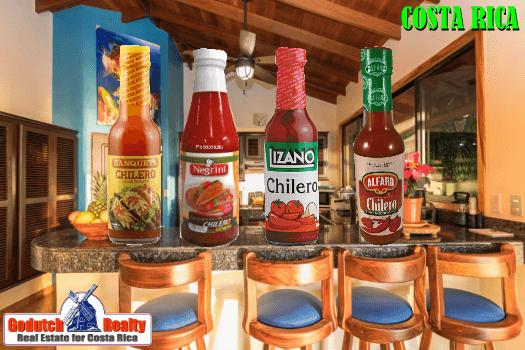
Chilera recipe
Every Costa Rican cook has his/her own chilera recipe. The main ingredients are vinegar, water, sugar, and chile peppers (pick them as hot as you want). Then you can use a variety of vegetables, such as sweet peppers, cauliflower, broccoli, carrots, cucumbers, green beans, and onions. As for the use of spices, it is customary to use salt, allspice, and mustard seed, but I have also seen black pepper, white pepper, oregano, and cloves used. If you really want to get creative, you can use ingredients like green banana or platano, mango, pejibaye, baby corn, and many others.
You can make the chilera as hot as you want by cooking the chili seeds or not. My wife’s grandma used to put the chilera after cooking it outside in the sun for hours, which would make it even spicier. You will find chileras in the grocery stores, produced by large factories such as Lizano and Tío Pelón. Still, in the countryside and on the Central Pacific beaches (at the fruit stands), you will find homemade chileras, primarily made in the Zarcero area.
When eating typical food in a soda, be careful when serving yourself a spoonful of chili. You never know how spicy it can be, and it can ruin your food (and body parts).
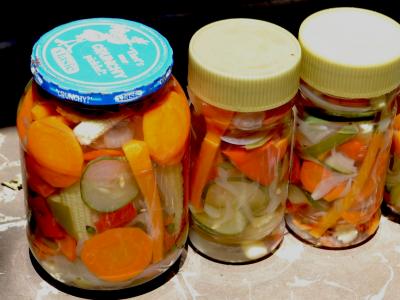
Hot sauce or salsa picante
There are many different types of hot sauce in Costa Rica. Costa Ricans usually do not eat as spicy (picante) as the Mexicans do. There are many different Costa Rican hot sauces on the market, with brand names like Banquete, Lizano, Negrini, Santa Cruz, and El Angel. Most grocery stores also sell imported hot sauces, such as McIlhenney, and a variety of Mexican hot sauces.
You will find many different names used by the various factories, such as Tabasco, Chilera, Salsa picante, and even Hot Sauce. The pungency (spicy heat) of each sauce is measured only for products exported, not for the local market.
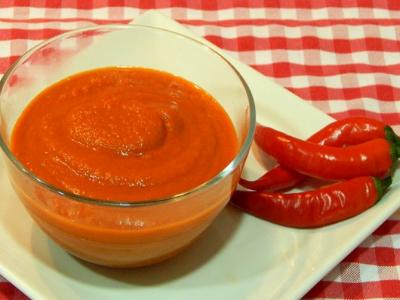
Hot Sauce recipe
When making your own salsa picante in Costa Rica, consider using different types of chili peppers. The large ones are less hot, and the smaller they get, the hotter they are. Including the chili seeds or not makes a huge difference.
On another day, I will tell you more about the use of the world-famous Salsa Lizano in typical Costa Rican food, because that is a different story altogether.
If you enjoy cooking and are looking for a home with a great kitchen where you can prepare your own chili and hot sauce, contact us now. We can assist you with pleasure.

